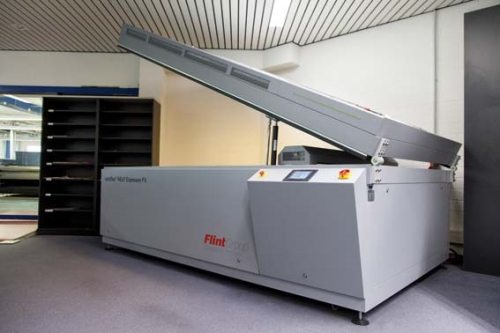As printing plates produced with the nyloflex NExT exposure technology show a significant improvement in fluting during printing, German packaging company rudolf reproflex decided to acquire such an exposure from Flint Group.
The technology utilises a high intensity ultra violet (UV) A light-emitting diode (LED) light source to conduct rapid crosslinking of the photopolymer surface before oxygen inhibition can occur.
This results in a flat top dot structure on the printing plate and a virtual 1:1 image reproduction from the digital file to the finished plate.
This technology does not require any additional consumable items or steps.
Additionally, it can easily be incorporated into the existing digital workflow.
The high level of UV emission leads to a significant improvement in the reproduction of the fine relief elements.
When combined with high resolution surface screening, the resulting surface texture of the flat top dots provides an optimal surface to enhance ink laydown, ink density, and consistency in printing.
In flexible packaging, printing plates exposed with this technology allow excellent ink transfer, particularly in solids.
In corrugated printing, fluting will considerably be reduced as the LED exposure allows a better control of the relief profile.
Additionally, the technology improves reproduction quality and long-term stability.










